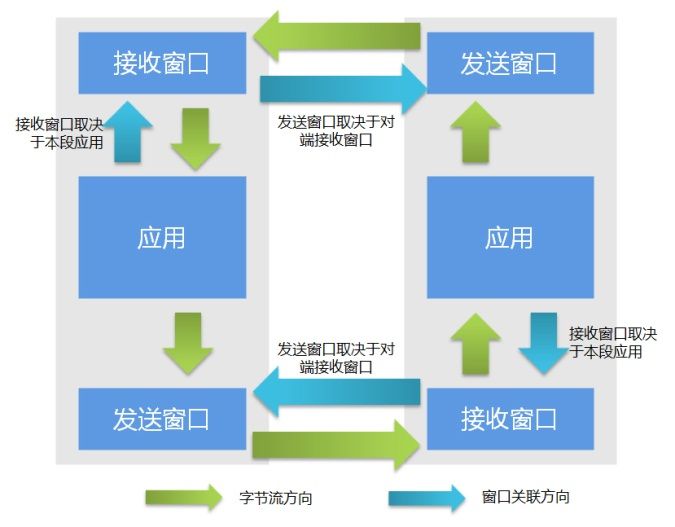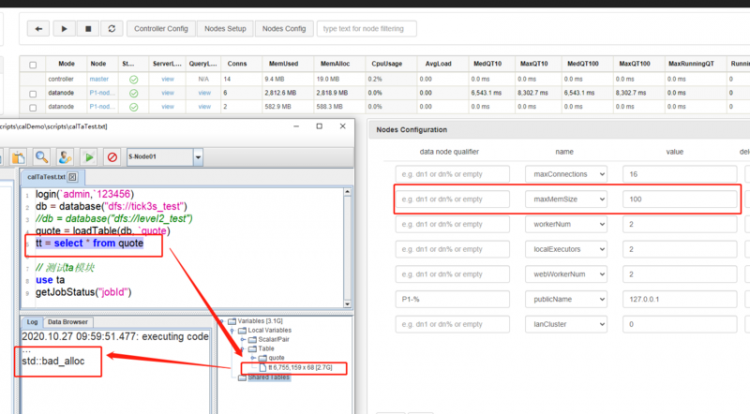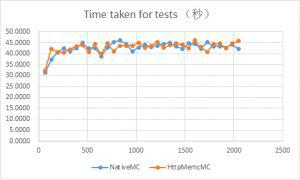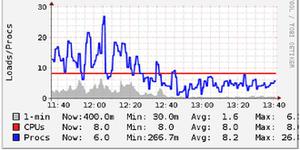控制弹簧批步骤流量
根据弹簧批处理文件(http://docs.spring.io/spring-batch/2.2.x/reference/html/configureStep.html#controllingStepFlow),控制在XML配置文件台阶流动是非常简单的:控制弹簧批步骤流量
例如我可以写下面的作业配置:
<job id="myJob"> <step id="step1">
<fail on="CUSTOM_EXIT_STATUS"/>
<next on="*" to="step2"/>
</step>
<step id="step2">
<end on="1ST_EXIT_STATUS"/>
<next on="2ND_EXIT_STATUS" to="step10"/>
<next on="*" to="step20"/>
</step>
<step id="step10" next="step11" />
<step id="step11" />
<step id="step20" next="step21" />
<step id="step21" next="step22" />
<step id="step22" />
</job>
是否有一种简单的方法来定义这种以java-config方式配置的作业? (使用JobBuilderFactory等...)
回答:
也许。如果你的意图是以“编程方式”编写类似于流程决策的东西(使用SB的框架接口,我的意思是)有内置的实现,并且对于大多数用例来说已经足够了。
与XML配置相反,如果您熟悉XML配置,则可以使用JavaConfig批注;我个人更喜欢XML定义,但这只是个人观点。
回答:
正如文档中提到的,我们只能根据一个步骤的退出状态来分支流程。为了能够报告自定义退出状态(可能与自动从批处理状态映射的退出状态不同),我们必须为StepExecutionListener提供afterStep方法。
假设我们有一个初始步骤step1(一Tasklet类Step1的实例),我们要做到以下几点:
- 如果
step1失败(例如通过抛出运行时异常),那么整个工作应被视为FAILED。 - 如果
step1以退出状态COMPLETED-WITH-A完成,那么我们想要跳转到某个步骤step2a,该步骤可以处理这个特定情况。 - 否则,我们停留在工作的主要卡车上并继续执行步骤
step2。
现在,提供afterStep方法中Step1类(也实现StepExecutionListener):
private static class Step1 implements Tasklet, StepExecutionListener {
@Override
public ExitStatus afterStep(StepExecution stepExecution)
{
logger.info("*after-step1* step-execution={}", stepExecution.toString());
// Report a different exit-status on a random manner (just a demo!).
// Some of these exit statuses (COMPLETED-WITH-A) are Step1-specific
// and are used to base a conditional flow on them.
ExitStatus exitStatus = stepExecution.getExitStatus();
if (!"FAILED".equals(exitStatus.getExitCode())) {
double r = Math.random();
if (r < 0.50)
exitStatus = null; // i.e. COMPLETED
else
exitStatus = new ExitStatus(
"COMPLETED-WITH-A",
"Completed with some special condition A");
}
logger.info("*after-step1* reporting exit-status of {}", exitStatus);
return exitStatus;
}
// .... other methods of Step1
}
最后,建立内部createJob方法我们JobFactory实现作业流程:
@Override public Job createJob()
{
// Assume some factories returning instances of our Tasklets
Step step1 = step1();
Step step2a = step2a();
Step step2 = step2();
JobBuilder jobBuilder = jobBuilderFactory.get(JOB_NAME)
.incrementer(new RunIdIncrementer())
.listener(listener); // a job-level listener
// Build job flow
return jobBuilder
.start(step1)
.on("FAILED").fail()
.from(step1)
.on("COMPLETED-WITH-A").to(step2a)
.from(step1)
.next(step2)
.end()
.build();
}
以上是 控制弹簧批步骤流量 的全部内容, 来源链接: utcz.com/qa/266485.html







